
This article originally appeared in the July/August 2021 issue of Museum magazine, a benefit of AAM membership.
The Exploratorium’s free, outdoor exhibition helped people understand the factors that contribute to both compassion and polarization.
Remember the last time you were rushing about town running errands or commuting to work or school? What were you thinking and feeling? Your state of mind was probably influenced to some extent by events in your personal life. But the strangers you encountered, and the beliefs you had about them, also influenced what you thought, felt, or did, most likely without your awareness.
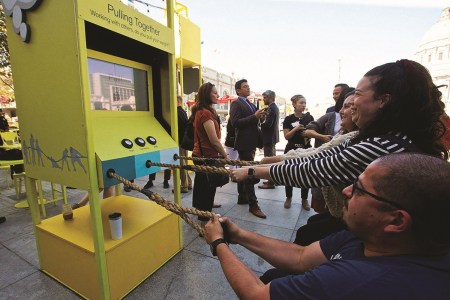
When we are rushed and preoccupied, we tend to engage in what cognitive scientists refer to as fast thinking, a form of cognitive processing that is automatic, effortless, and often triggered by emotions. It helps us size up our environment quickly, but social science research has found that this mode of thought also promotes snap judgments about others based on incomplete information (“this person looks dangerous”) and potentially misguided actions (“the disheveled person lying on the sidewalk is just drunk, so no need to check on them”).
When we have the time and motivation to introspect—or engage in slow and deliberate thinking—we may realize that such judgments may be unfair or inaccurate. Insights can also emerge in brief yet meaningful interactions with strangers: learning about their circumstances and lived experiences may upend beliefs we had about them or reveal implicit assumptions we made about them unknowingly.
Unlike everyday contexts such as a work commute, museums allow visitors to slow down, contemplate in a safe environment, and interact with other visitors as they wish. Museum exhibits that invite experimentation with the psychological and social factors that drive polarization and compassion can provide opportunities both for learning about the science behind these phenomena and for making more generous assumptions about others.
However, what if such exhibits were situated not in the reflective environment of a museum but in the public sphere of everyday life where people are likely to engage in fast thinking about people they perceive to be fundamentally different from themselves? The social science exhibition “Middle Ground: Reconsidering Ourselves and Others” sought to answer that question.
Developed by San Francisco’s Exploratorium in collaboration with the city and key community stakeholders, “Middle Ground” included 14 free, interactive exhibits outdoors in the heart of San Francisco’s Civic Center area. The exhibition, which ran from August 2019 through April 2020 and was funded by the National Science Foundation, sought to promote social interaction among people, boost compassion for others, and raise public understanding of the factors that contribute to both compassion and polarization.
The Physical and Social Context
The San Francisco Civic Center area houses many of the city’s largest government and cultural centers as well as commercial office buildings and educational institutions. The area is also home to a culturally diverse community of residents, a large number of people experiencing homelessness, and high-crime neighborhoods dealing with open drug use.
A few years ago, the city of San Francisco began the Civic Center Initiative to enliven the area. As part of that effort, the city hired Urban Alchemy (UA) to take care of the Civic Center’s public spaces. UA (urban-alchemy.us) employs former long-term offenders as stewards of public spaces to keep areas clean and safe while ensuring that everyone feels welcomed and valued. Through their lived experiences and training provided by UA, the stewards have honed social-emotional skills that they use to set boundaries and de-escalate conflicts in public spaces.
For the “Middle Ground” exhibition, UA stewards facilitated visitors’ learning experiences. They became knowledgeable about the exhibits and their content, invited members of the public to try a variety of exhibits, and mediated visitors’ interactions with the exhibits and each other.
The Exhibition Content
In the Civic Center area, many people from different sociocultural backgrounds cross paths each day. Some of these people are rushing to and from work and may feel nervous about being near high-crime areas. The area’s diversity and the vigilance engendered there offered an opportunity to heighten awareness of how automatic modes of thought can bias judgments and determine whether we distance ourselves from others or empathize with them. The exhibition sought to slow people down and encourage more deliberate, reflective thinking about their social environment.
The exhibition is broadly structured around two modes of cognitive processing—fast and slow. We created experiences around topics drawn from research on social cognition (how we think about others), social influence (shaping each other’s behavior), and prosociality (helping without immediate benefit to oneself). For example, at the exhibit Unseen Stories, visitors were invited to write their experiences with stereotypes on stickers. On one set of stickers, visitors shared how they might be stereotyped by others (supporting self-affirmation) and on a second set, they shared how they might stereotype others (encouraging them to challenge and revise their own stereotypes).
Another exhibit, My-Side Bias, used a repurposed library catalogue to invite inquiry into how confirmation bias—the tendency to favor evidence that supports our beliefs over evidence that challenges them—can shape how we seek information about important social issues. At Making it in America, visitors were asked to make estimates about social class mobility and compare their guesses to other people’s as well as to population data on actual class mobility in the US. Research shows that many people in the US believe that it is easier to advance economically than it actually is.
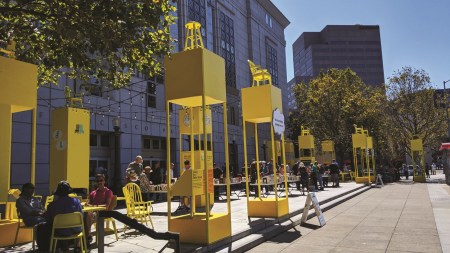
To heighten awareness of how other people’s presence can influence us, we created a physically engaging exhibit, Pulling Together. Studies show that people work less hard in a group (often without being aware of it) than when working alone. This phenomenon is called social loafing and can be mitigated by making people’s individual efforts visible. Multiple visitors were asked to pull as hard as they could on ropes to lift a weight on a computer screen. They then could compare how hard they worked when the screen showed only the total weight lifted by the group versus when it showed their individual contributions.
At Compliance Video, a short film showed both the power of other people’s influence and our tendency to go along with others, especially when we perceive them to be authority figures. And at Sharing Faces, visitors could watch how other people’s facial movements mirror their own. Although a lighthearted and humorous experience, it allowed visitors to see themselves reflected in others, which can foster a sense of human kinship and connection.
We also partnered with a local coffee shop to create a Pay-it-Forward Café where visitors could pay to get a cup of coffee and purchase a half-price token so that others could claim a free cup later. The café included labels introducing the science that shows that generosity can cascade in human networks: when people benefit from someone else’s kindness, they often pay it forward by extending kindness to others in the future. And we created an exhibit that dispensed jokes, along with science-based tips on how to use humor effectively to initiate conversations with strangers.
The Outcome
The exhibition won several design awards, such as a 2020 San Francisco Design Week Award. A summative evaluation study found that “Middle Ground” successfully promoted learning of social science concepts, self-reflection about how people think about others, and feelings of compassion and connection for people who are perceived as different from oneself. People learned about cognitive biases and stereotypes and saw the connection to fast thinking and making quick appraisals of others.
Eighty percent of respondents said that their experience in the exhibition raised feelings of compassion for others who are different from themselves; 84 percent felt a connection with such people while in the exhibition. For example, one person stated, “I feel like most people are uncomfortable working with people they don’t know. … It’s about not seeing that feeling as necessarily negative but also embracing that feeling.” Every interviewed respondent “felt welcome” and had a positive overall experience, with the largest fraction saying the exhibition was “intellectually engaging.” Eighty percent of respondents showed evidence of insight into their ways of thinking about others.
Anecdotal evidence suggests that the exhibition altered behaviors as well. One of the librarians at the Main Library located in Civic Center told us about an interaction she had with a patron who had visited the exhibition. The librarian, let’s call her Beverly, was featured at the Unseen Stories exhibit. A flip-up graphic showed a photo of Beverly along with the caption, “Because I walk with hiking poles, people think I’m able-bodied.” The graphic underneath the flip-up shows her in a different pose with the caption, “But actually I’m disabled and have arthritis in my lower back and both knees.” One day, Beverly confronted a patron who broke the rules regarding eating food in the library. They had words, he became defensive and obstinate, and eventually she asked him to leave the library. The next day, he approached her and apologized. He said he’d seen her story at Unseen Stories and felt “much more empathy for her.”
The unusual blend of social science, hands-on exhibits, urban context, and facilitation formed the backdrop for a research study to assess the impact of UA facilitation on visitors’ learning. We designed an experiment in which visitors experienced the exhibition in one of two conditions: facilitated and nonfacilitated. More than 80 visitors were interviewed in each condition to test our hypotheses that UA facilitators would a) improve the overall experience, b) increase engagement, c) promote prosocial feelings toward others, and d) boost self-reflection.
The results provided strong evidence that UA facilitation significantly increased the desired outcomes for the exhibition. People in the facilitated condition were significantly more likely to have a positive experience, feel connected with people who are different from themselves, and engage in self-reflection about how they think about others.
Lessons Learned
To ensure that the exhibition met its learning and affect-based goals, we needed to ensure that STEM learning experiences, placemaking, and facilitation mutually reinforced each other. For example, while the science content needed to be highly relevant to the location, the exhibit experiences needed to provide activities that would impel people to stop and spend time in the area.
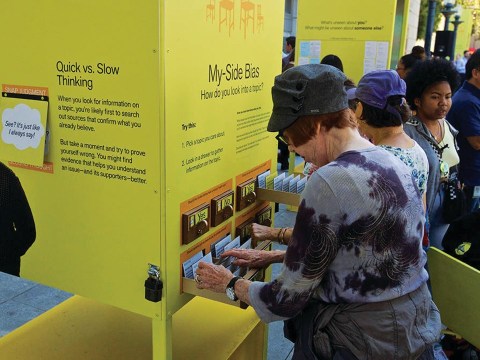
Placemaking strategies such as a brightly colored space, chairs and tables, the Pay-it-Forward Café, and exhibits that stimulate conversation helped people relax, rejuvenate, and process the content. The resulting atmosphere, in turn, allowed facilitators to invite people to stop and join them in conversation. The skilled facilitators not only created a safe and welcoming environment, but also offered personal accounts of being incarcerated, stereotyped, and stigmatized that deepened visitors’ learning.
Based on the promising results from “Middle Ground,” we are excited to further explore this model, which combines the mutually supportive components of STEM learning, placemaking, and facilitation to create inquiry-based learning on a wider range of topics.
Resources
More information and exhibit experiences in digital form
exploratorium.edu/middleground
Hsin-Yi Chien, Robert Dixon, Josh Gutwill, and Louie Hammonds, “Creating ‘Middle Ground’: Transforming Urban Outdoor Spaces with Social Science Exhibits and Facilitation about Biases,” presentation at the Association of Science-Technology Centers Annual Conference, October 2020
exploratorium.edu/sites/default/files/pdfs/Middle%20Ground%20ASTC%20Presentation.pdf
Hsin-Yi Chien and Josh Gutwill, Creating Middle Ground: The Effects of Facilitation on Social Science Learning at an Outdoor Exhibition, in preparation
Garibay Group, “‘Middle Ground’: Reconsidering Ourselves and Others—Select Preliminary Summative Evaluation Results,” 2021
informalscience.org/middle-ground-reconsidering-ourselves-and-others-select-preliminary-summative-evaluation-results
Daniel Kahneman, Thinking, Fast and Slow, 2011
Heike Winterheld, Ph.D., is a social psychologist and program director of social sciences, and Josh Gutwill, Ph.D., is director of visitor research at the Exploratorium in San Francisco.


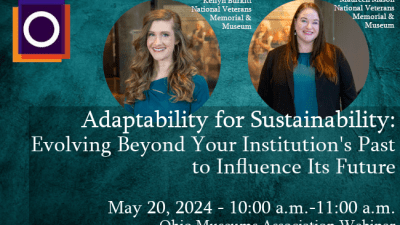
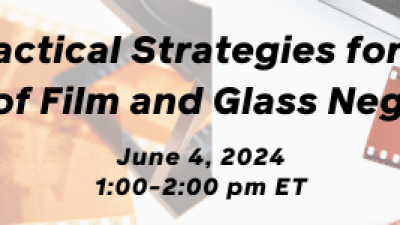
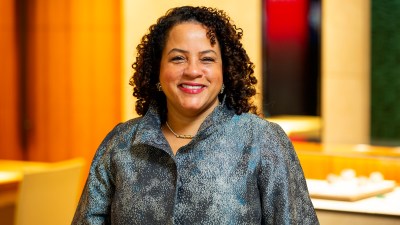
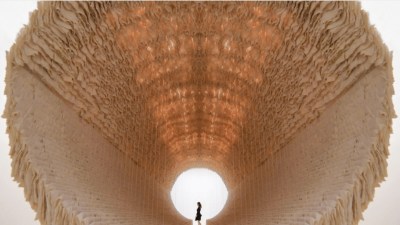
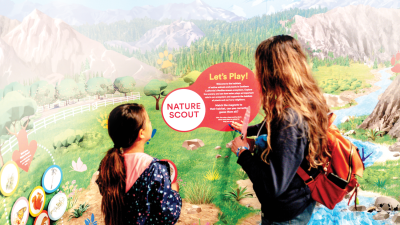
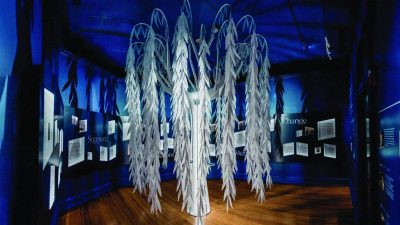
Comments